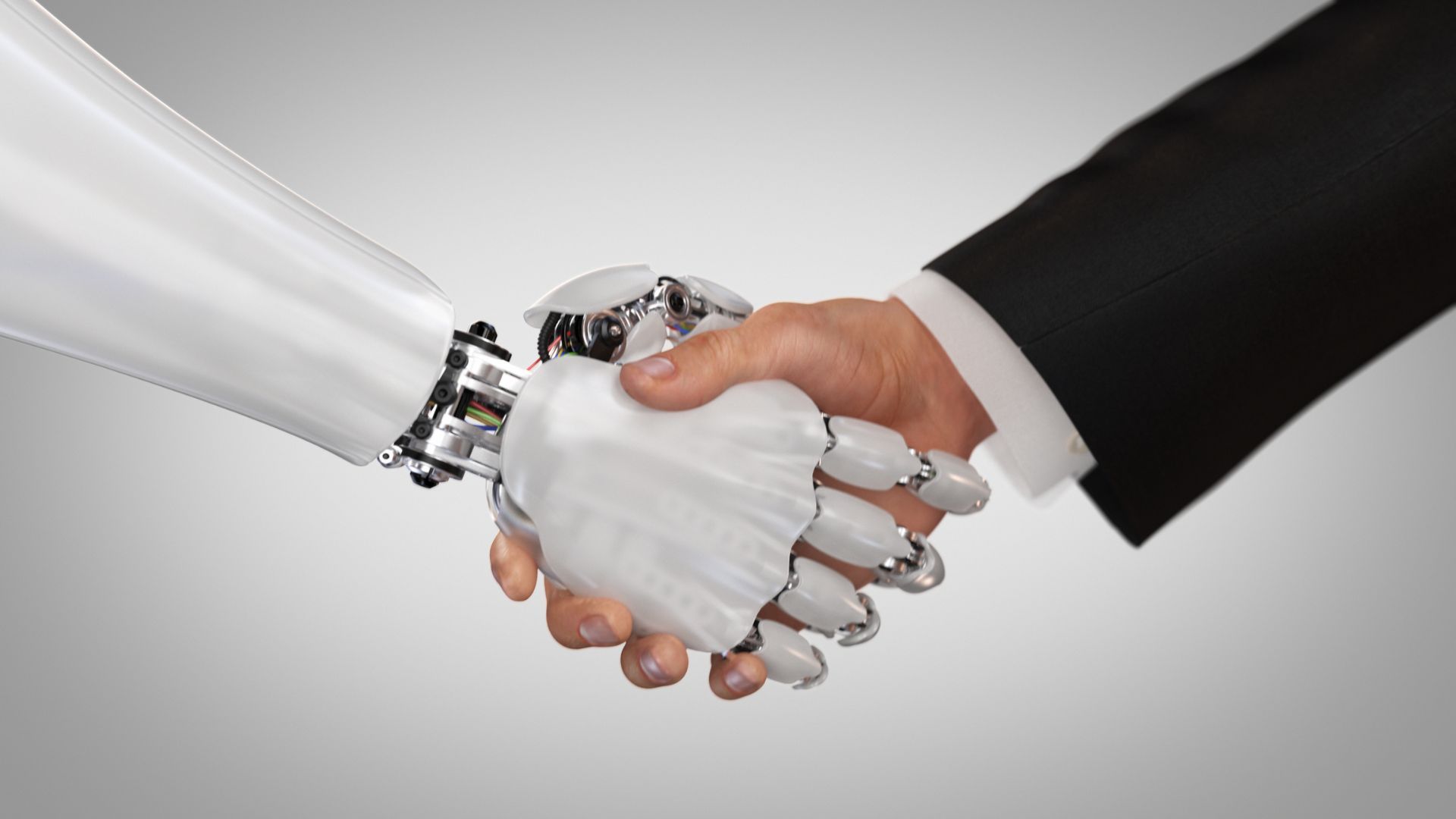"Breaking the Mental Health Stigma: How Companies Can Support Employee Well-Being
Ben Wheeler • October 6, 2024

Breaking mental health stigma: How to support employee well-being
In today’s professional environment, mental health is a critical issue that more organisations are addressing. With the pandemic triggering an increase in stress, anxiety, and depression among workers, mental well-being has become a core focus for businesses.
One in five Australians will experience a mental health condition at some point in their lives, and 9 Australians commit suicide every day. The situation has been exacerbated by a rise in workplace stressors, with employees finding it challenging to balance workloads and personal life.
The stigma around mental health still exists despite these conversations becoming more common. One prevalent misconception is that mental health struggles are a sign of weakness. Fear of judgment and concerns over job security often prevent employees from seeking the support they need. To counter these issues, companies are investing in mental health training and resources to promote a culture of openness and support.
“People don’t want to download their problems onto colleagues or managers.”
In a recent Australia Market Update, people2people Queensland Managing Director, Ben Wheeler, was joined by Co-Founder of the Mental Awareness Foundation, Tudor Vasile, to discuss the challenges surrounding mental health in the workplace. Tudor shared the origins of the Mental Awareness Foundation, noting that it started 15 years ago after the tragic loss of two friends to suicide. “Back then, no one was talking about mental health,” Tudor recalled. “It was so taboo, and the stigma was terrible.”
The foundation’s mission is to get the conversation started, with initiatives like the Walk for Awareness, an event that brings together thousands of participants every year to raise mental health awareness. Ben highlighted the importance of creating safe spaces in the workplace, where employees can feel comfortable sharing their mental health struggles without fear of judgment. “People often see mental illness as a sign of weakness, but it’s okay to have a mental illness, and it’s okay to speak up,” Tudor explained.
Another key point raised during the discussion was the tendency of employees to internalise their struggles due to fear of burdening others. “People don’t want to download their problems onto colleagues or managers,” Tudor added. As a result, individuals may resort to unhealthy coping mechanisms such as isolation, substance abuse, or disengagement from work.
To address these issues, Tudor stressed the importance of mental health workshops. “You don’t have to do week-long courses or three-day workshops,” he said. “It’s about having monthly sessions to teach staff how to spot the signs, have conversations, and know where to turn for support.” Building awareness and providing easy access to resources are crucial steps in fostering a supportive workplace culture.
How can employers remove the stigma in the workplace?
Employers can play a significant role in breaking the stigma around mental health by implementing a few practical measures:
- Create a Safe Space: Encourage open dialogue by letting employees know it’s okay to talk about their mental health. Make it clear that they won’t face negative consequences for speaking up.
- Implement Regular Workshops: Short, monthly sessions can go a long way in building awareness and equipping staff with the tools they need to support themselves and others.
- Promote Available Resources: Make mental health resources such as counselling services, support groups, and educational materials easily accessible. Having these resources readily available on the company’s intranet is a good start.
- Lead by Example: Senior leaders should set the tone by sharing their own experiences and participating in mental health initiatives, showing employees that it’s okay to be vulnerable.
Below are some actionable steps that employers can take to combat the stigma of mental health issues in the workplace:
- Educate Managers and Employees: Providing training for managers and employees on mental health issues and how to handle them effectively is crucial. This training should include recognising the signs of mental health struggles, having empathetic conversations, and knowing when to refer someone to professional help.
- Offer Flexible Work Options: Consider offering flexible work arrangements to employees experiencing mental health challenges. Options like remote work, flexible hours, and reduced workloads can help employees manage their mental health more effectively.
- Encourage Regular Breaks: Promoting regular breaks throughout the workday can help prevent burnout and maintain mental well-being.
Find the job you love | Find the right talent
Get in touch with people2people
Australia |
United Kingdom
In business since 2005 in Australia, NZ, and the United Kingdom, people2people is an award-winning recruitment agency with people at our heart. With over 12 offices, we specialise in accounting and finance, business support, education, executive, government, HR, legal, marketing and digital, property, sales, supply chain, and technology sectors. As the proud recipients of the 2024 Outstanding Large Agency and Excellence in Candidate Care Awards, we are dedicated to helping businesses achieve success through a people-first approach.
Find the job you love I Find the right talent
Get in touch with people2people
Australia
I
United Kingdom
In business since 2002 in Australia, NZ, and the United Kingdom, people2people is an award-winning recruitment agency with people at our heart. With over 12 offices, we specialise in accounting and finance, business support, education, executive, government, HR, legal, marketing and digital, property, sales, supply chain, and technology sectors. As the proud recipients of the 2024 Outstanding Large Agency and Excellence in Candidate Care Awards, we are dedicated to helping businesses achieve success through a people-first approach.






